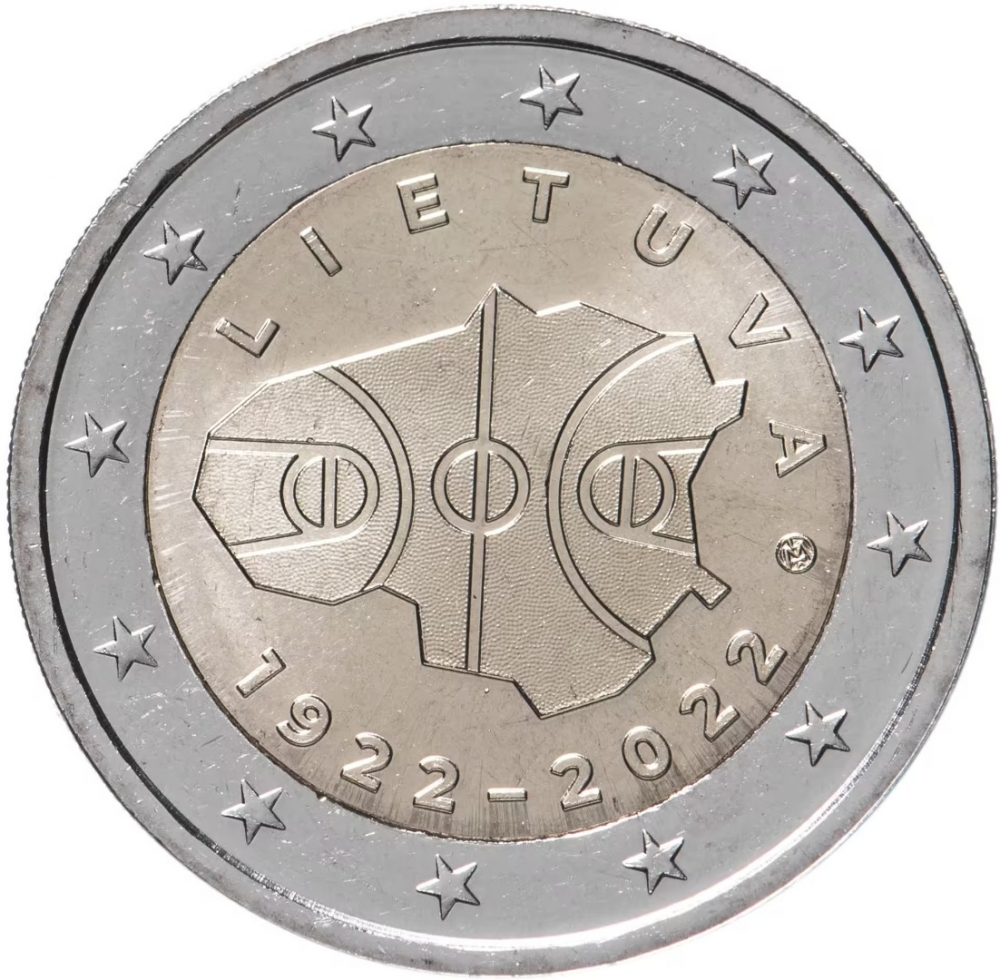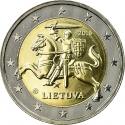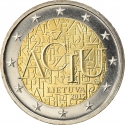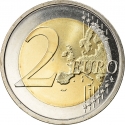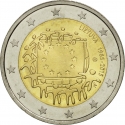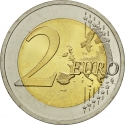You are about to finish your registration. Please check your mailbox (including spam folder). There should be a letter with a confirmation link. Check setting to make sure that your e-mail address is correct.
Send letter againDescription
Basketball was introduced in Lithuania indirectly through the European variety of Netball, featuring a smaller ball and no boards, brought by the Germans. The first official basketball game took place on 23 April 1922 when the Lithuanian Physical Education Union played a game against the Kaunas team, winning 8–6. That day is regarded as the beginning of basketball in Lithuania.
Basketball is the most popular sport in Lithuania. Lithuanian American basketball coaches and players in the 1930s helped the Lithuania men's national basketball team win the last EuroBasket tournaments prior to World War II, in 1937 and 1939, causing a massive impact in Lithuanian society and a basketball popularity spike. Since then, despite Lithuania's small size, with a population of just almost 2.9 million, the country's devotion to basketball has made them a traditional force of the sport in Europe.
Following the country's annexation by the Soviet Union during the war, Lithuanian players frequently formed the core of the Soviet national team, and the Lithuanian people strongly supported local club BC Žalgiris, particularly against Russian squads. After the restoration of Lithuanian independence in 1990, the national team was resurrected, with their first official tournament being the 1992 Olympics, where they won a bronze medal. The Lithuanians have since won another two bronzes at the Olympics, a bronze medal at the 2010 FIBA World Championship, and five EuroBasket medals, including the country's third title at FIBA EuroBasket 2003 in Sweden.
At the professional club level, Žalgiris of Kaunas won the top-tier EuroLeague in 1999 and the second-tier FIBA Saporta Cup in 2000 and was also the FIBA Intercontinental Cup champion in 1986 under Soviet occupation. BC Lietuvos Rytas of Vilnius won two times the second-tier EuroCup, in 2005 and 2009.
Obverse

|
Depicts the contour of the map of Lithuania arranged as a basketball court in the centre. The composition is surrounded by inscriptions LIETUVA (LITHUANIA), dates and the mintmark of the Lithuanian Mint. The coin’s outer ring bears the 12 stars of the European Union flag. LIETUVA |
|---|---|
Reverse

|
A geographical map of Western Europe spans the outer ring and inner core on the right side of the coin. The inscription 2 EURO is superimposed over the map of Europe, with the numeral “2” located in an open field representing the eastern Atlantic Ocean. 2 EURO |
| Edge |
'Freedom, Unity, Prosperity' in Lithuanian LAISVĖ ★ VIENYBĖ ★ GEROVĖ ★ |
Characteristics
| Type | Commemorative Issue (Circulating) |
| Material | Bi-Metallic |
| Ring | Cupronickel |
| Center | Nickel Brass |
| Weight | 8.5 g |
| Diameter | 25.75 mm |
| Thickness | 2.2 mm |
| Shape |
|
| Alignment | Medal |
| Mint |
Lithuanian Mint (LMK)
|
